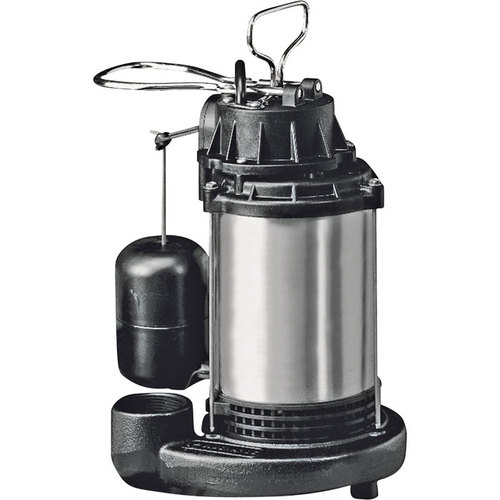CALL TODAY 1-800-441-6281
CALL TODAY 1-800-441-6281

4 Questions to Ask about Sump Pump Installation Before You Buy
- Tags:
- residential wells

Sump Pump Installation
A sump pump is not something homeowners need to buy often, so it’s not unusual for us to find customers have lots of questions about the kind of system they need to rid their basement of water. Each home has its set of requirements when it comes to a new or replacement sump pump, but we’ve put together this list of questions every homeowner should ask their sump pump installer before they get to work.
1. WHAT’S THE BEST LOCATION FOR THE SUMP PUMP?
If you have an old home that does not have a sump pump system or one that is poorly constructed and doesn’t work all that well, ask the installer to find the best location for the new sump. A sump pit should be built at the lowest point of the basement and away from water, sewer and electrical lines running in and out of the house, as well as any electrical circuit boxes or breakers. The sump pit should be near a wall for easy installation of the drain pipe, but no closer than 8 inches.
2. WHERE SHOULD THE DRAIN PIPE BE INSTALLED AND WHERE WILL THE WATER ULTIMATELY GO?
The most common place to install a drain pipe, or outlet pipe, is from the sump pump up through the home’s rim joist. These are typically 1.5-inch PVC pipes attached either directly to the pump or a flexible hose. Once outside the house, make sure the outlet pipe runs far enough away from your foundation to prevent the water from flowing back into your basement. Also, make sure the pipe’s placement will not cause damage to other buildings or landscaping.
3. WILL YOU NEED TO DIG A NEW HOLE?
Most homes already have a sump pit where a pump can be placed, but other homes may not. If you need a new or replacement sump pit, ask the installer about the sump-drilling process. Make sure they understand proper placement and drainage methods.
The installer should cut the hole using a masonry chisel or jackhammer. The sump hole should be at least 12-inches deeper than the sump pump liner. If the liner doesn’t have holes in it, the installer should drill some small holes and add course gravel to the sump pit to encourage good drainage. The sump liner sits flush with the basement floor. The gap between the liner and the hole should be filled part way with gravel and topped off with concrete.
4. CAN YOU GO OVER THE STANDARD SUMP PUMP FUNCTIONS?
This may seem like a question with an obvious answer, but if you don’t know how a sump pump typically works, it’s going to be hard to troubleshoot problems if something goes wrong. Locate the float, which rises and falls when the water level goes up and down in the sump pit. When the float rises to a certain threshold, this triggers the pump to turn on. Make sure the float is unobstructed and will rise and fall without getting stuck on the pump or sump pit wall.

